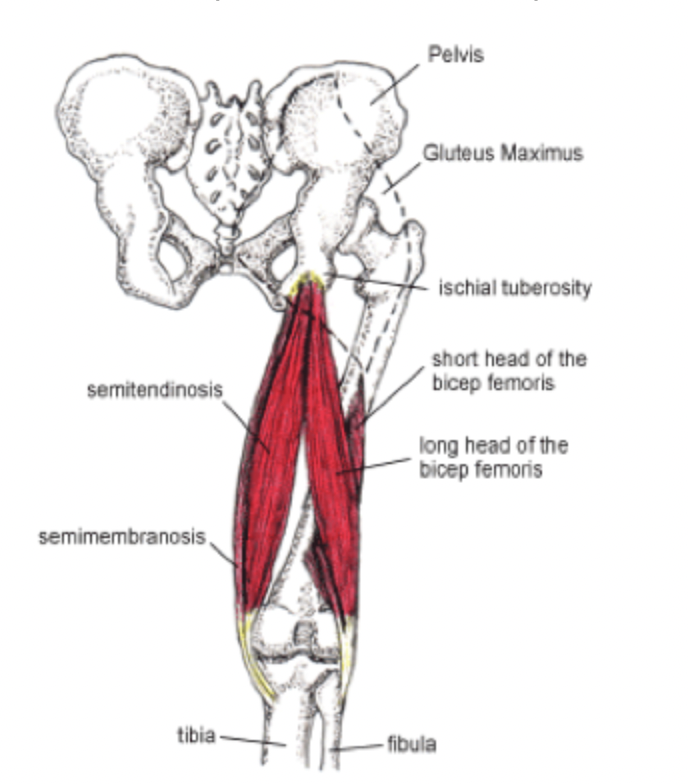Shin Splints: Why do We Get Them?
- Akshaj Sinha
- Jan 12
- 2 min read
Updated: Jun 23
By Akshaj S.
What Are Shin Splints?
Shin splints are the pain along the inner edge of the tibia, the larger of the two bones within the lower leg. This pain is usually caused by repeated stress to the shinbone and the connective tissues that attach muscle to the bone. Intense activities such as sprinting, running on hard surfaces, jumping, or increasing exercise intensity can contribute to this condition. Additionally, improper footwear or a lack of proper conditioning can increase the strain on the tibia, contributing to the development of shin splints. This condition is common among anyone who puts repeated pressure on their legs without sufficient time for recovery, often sprinters who do not take long enough breaks in between sets during practice. This stress leads to the inflammation of the periosteum(thin sheath covering the bone), which causes pain affecting daily activities.

Why Do Shin Splints Develop?
To understand the process of why shin splints occur, it's important to recognize the biomechanics involved in high-impact activities which were mentioned before. Each jump or bound places immense pressure on the tibia, the surrounding muscles, and the fascia. When these tissues are overused or improperly conditioned, they have the possibility of becoming inflamed or developing small tears.
Several factors include:
Overtraining: Increasing the intensity or duration of an exercise without proper rest does not allow the body to heal sufficiently
Improper Footwear: Shoes that lack cushioning/do not absorb impact can increase the stress on the lower leg
Flat Feet: Puts extra strain on the muscles and tendons surrounding the shin bone
Hard Surfaces: Running on concrete increases the impact forces on the leg
Treatments and Prevention
If you suspect shin splints, the condition is highly manageable with proper rest and care. The first step is to reduce/stop the activity that was causing the pain to allow your legs to recover. Applying ice to the affected area can reduce inflammation and provide some relief. Compression bandages and elevation may also aid in managing swelling. Additionally, stretching and strengthening exercises are essential for recovery and prevention. Strengthening the calf muscles and shin muscles can improve stability and reduce the risk of it happening again. Surgery is rarely needed to fix shin splints, but if the condition has caused severe stress fractures, external help may be necessary
When to Seek Help
Most cases of shin splints improve with rest, stretching, and proper care, but in the rare case that it doesn't, you should consult a healthcare provider. Ignoring shin splints can lead to further conditions, such as stress fractures and chronic pain. Early intervention can prevent complications and help you return to your activities sooner.
Sources:


